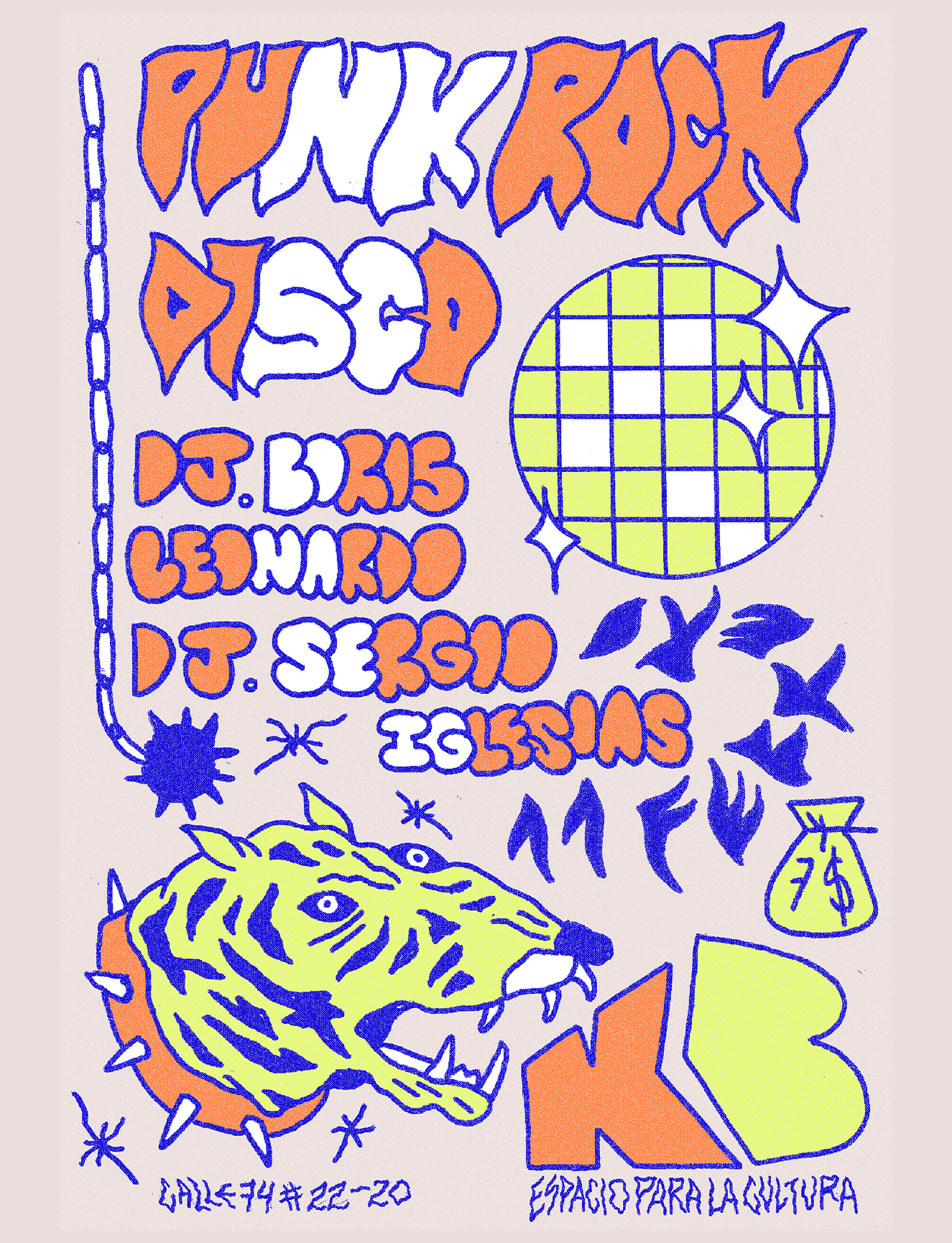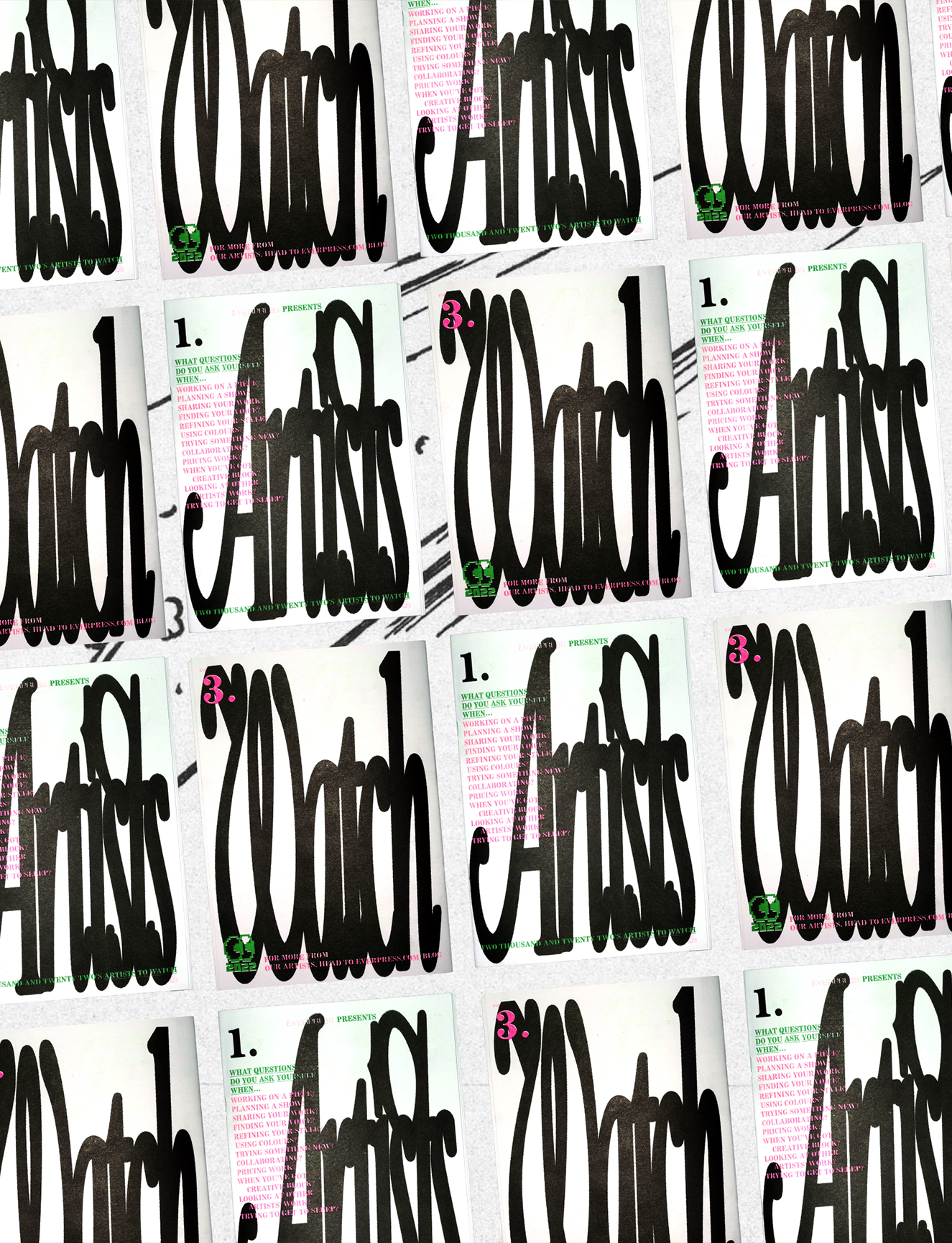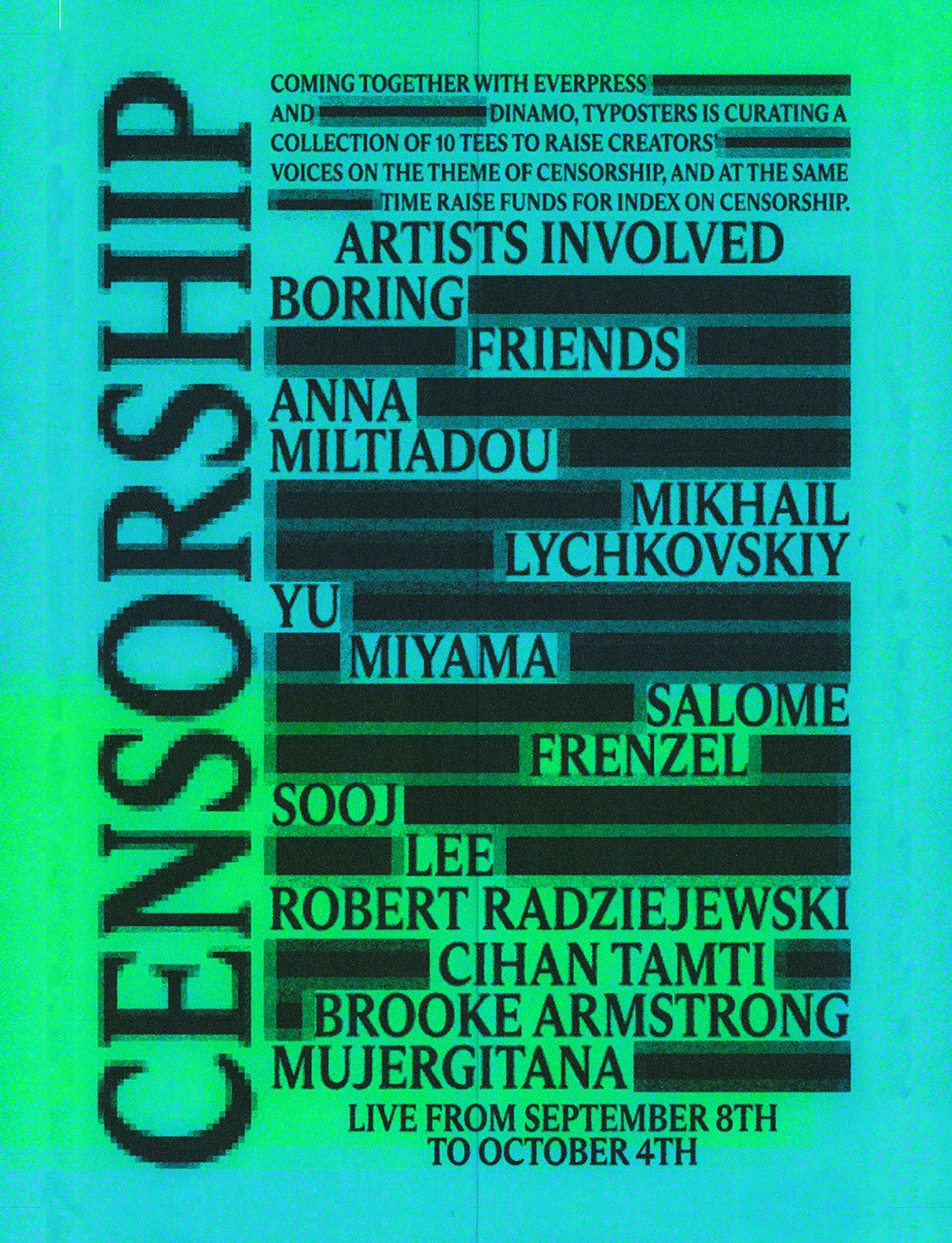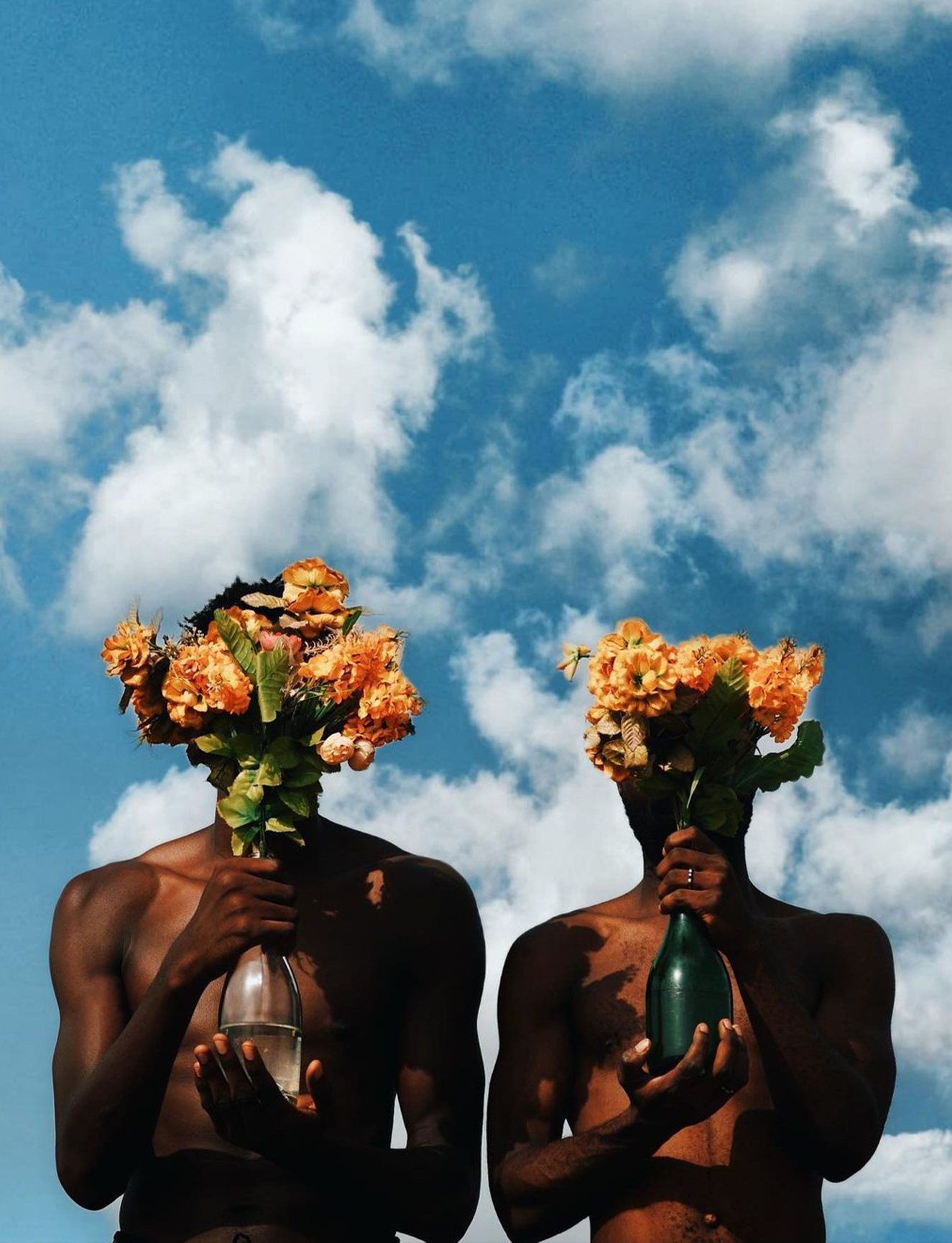You’re from Bogotá and you say that your work is based on, ‘graphic worlds from the shared Colombian visual lexicon’. Can you talk a little more about how Bogotá, and Colombia more broadly, has influenced you as an artist?
Well, it is important to emphasise that all my life I have lived in Bogota. My cultural context is Colombian popular culture; television, magazines, food, history, art and music, which is one of the elements that has become more important in my work.
Colombia, besides being a country that has an important extension of land, has multiple thermal floors. Thanks to this, within the same territory different cultures can coexist, and as a result Colombia has a great variety of musical genres.
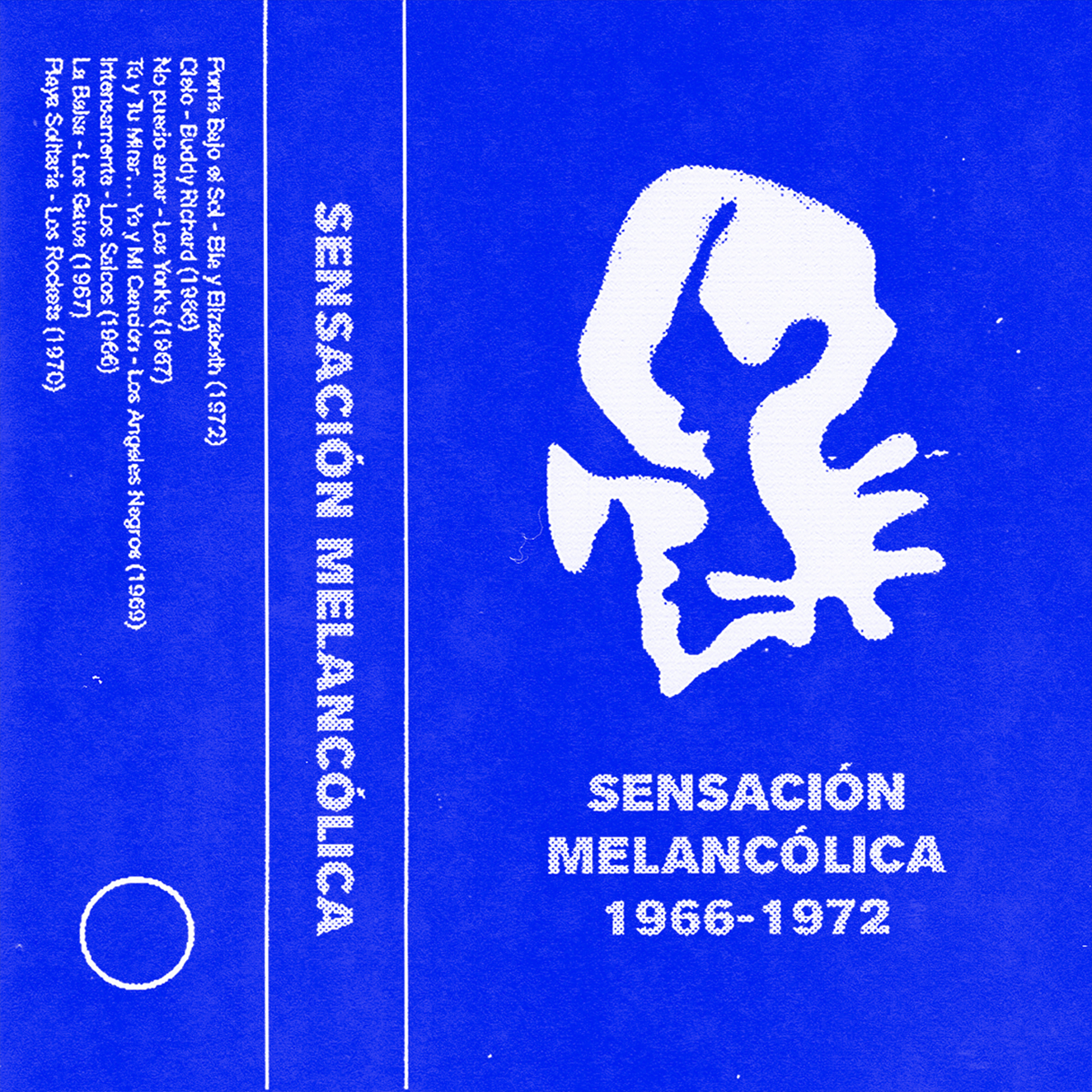
Also in Bogota, as with other cities of the country, there is a strong independent cultural movement. During the last few years this has been the place where most of my projects have emerged and developed. I believe that one of the biggest influences in my work is the work of the people around me, all working in different parts of culture.
In my work animals are symbols
Tell me about your route to becoming an artist? Did you grow up wanting to be one?
I didn’t grow up with the idea of becoming an artist or dedicating myself professionally to art, but since I was a child I have always been very interested in drawing, painting and images in general. At home I was always supported with this; my parents painted and drew in their free time, and the atmosphere in the house was somewhat DIY. They enrolled me in a few drawing courses in my childhood too. When I was about to finish school I wasn’t very clear about what I was going to study, but I had met several classmates who were interested in the same things I liked and this ended up influencing me to study the arts, like some of them. I definitely had a rather naive idea of what this meant, but I don’t regret it.
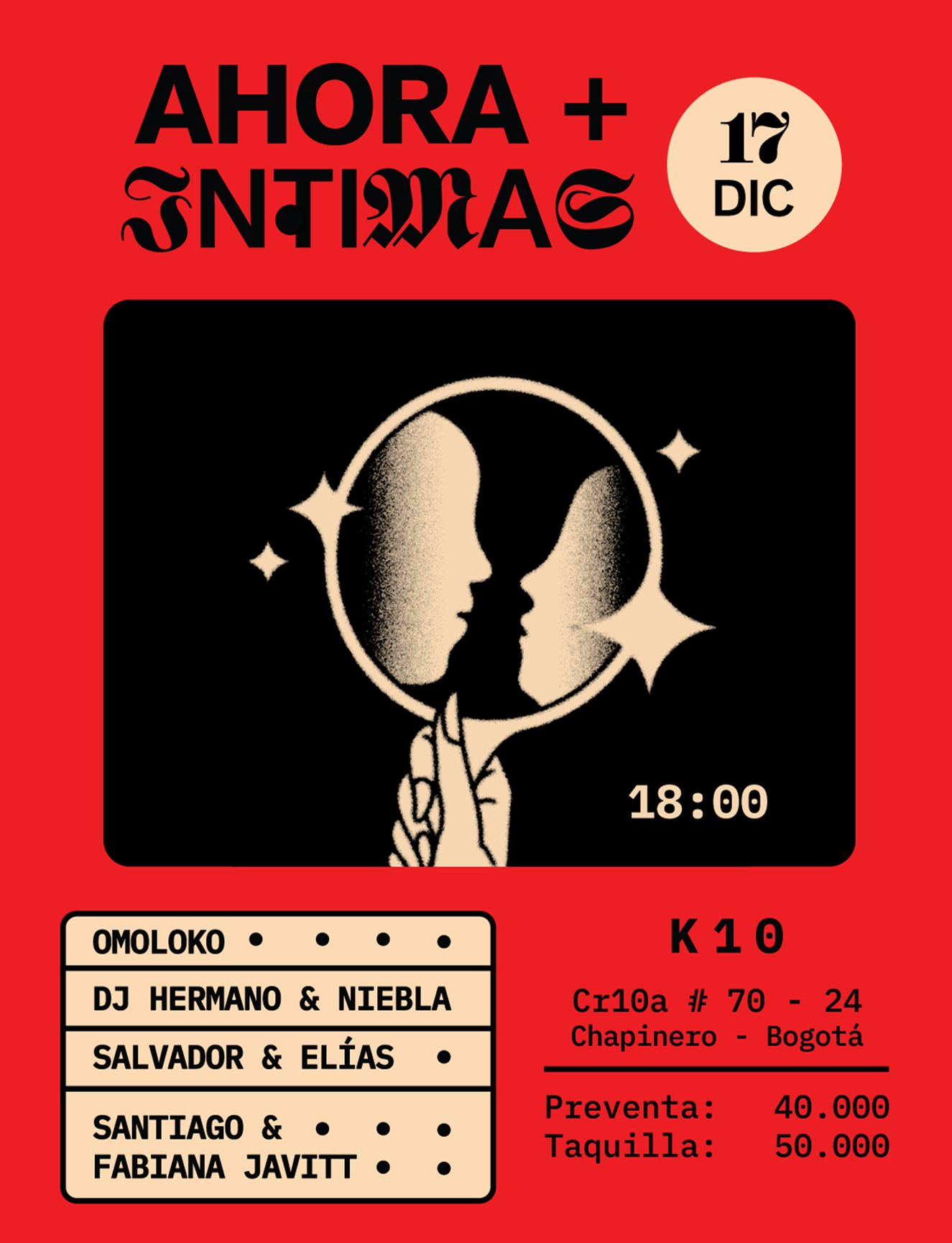
Animals are a recurring theme in your work, why do you think you’re drawn to representing them?
In my work animals are symbols – I think that images of animals are something that throughout history we have imbued with meanings. The idea of the spiritual animal, the amulets of protection, the representation of fears or human values through animals is something that captures my attention.
I am not interested in concrete meanings. I like the idea of a universe of images that can contain endless meanings. I think one good example of this, which has influenced my work a lot, is the world of tattoos.
How did you know you’d arrived at your ‘signature style’?
My path, in my mind, has been the opposite of looking for a ‘signature style’. Something that I try to avoid as a creative is finding a formula, repeating it incessantly in the things I do, and in doing this creating a homogeneity in my universe. Undoubtedly, with the passage of time, one begins to work with certain elements that are repeated, and to prefer certain processes over others. It can also be easier for an audience to identify with a ‘signature style’. But I think that for me it is something that arises unconsciously and is moulded over time; it is not something that you can try to reach.
I am not interested in concrete meanings
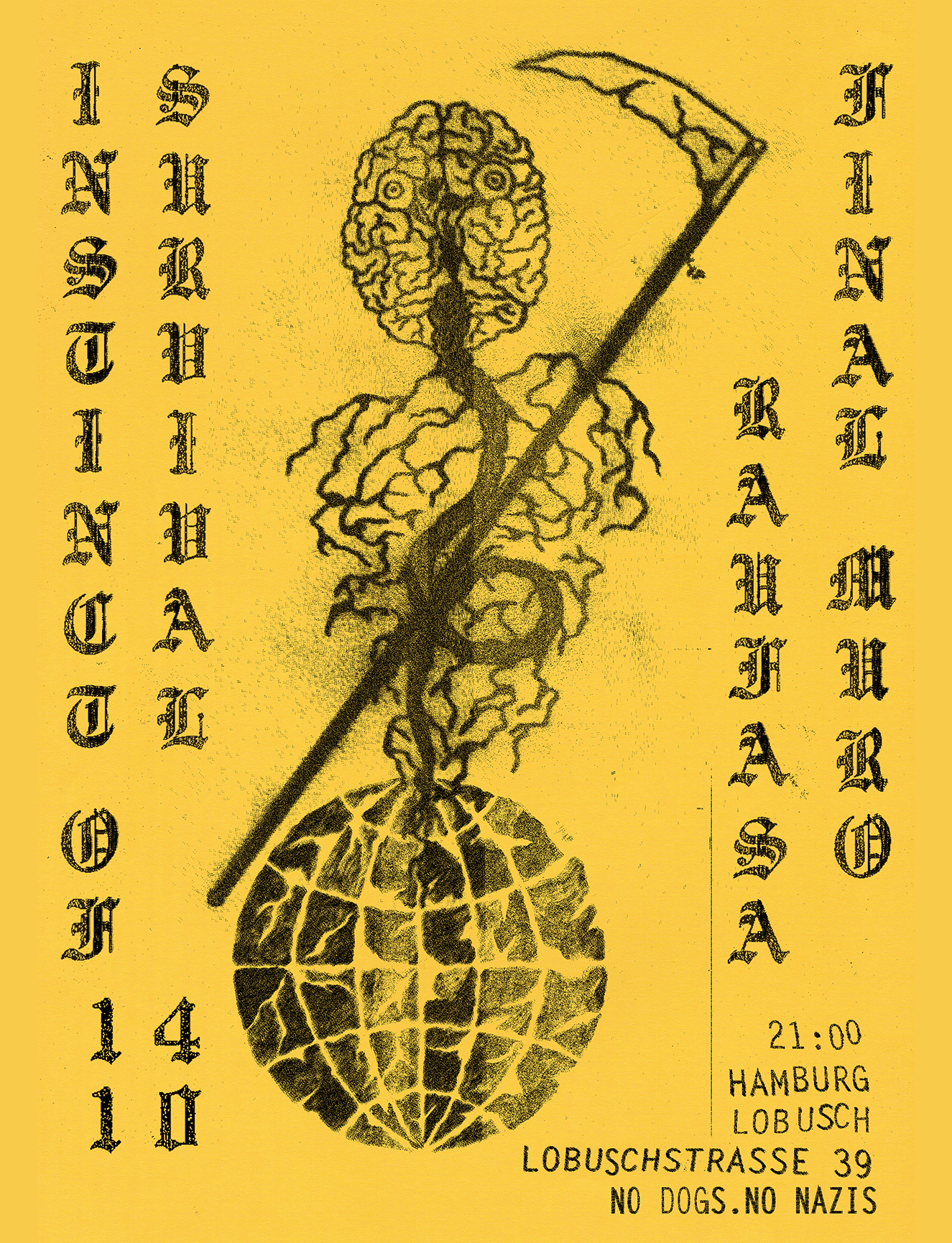
When do you feel most creatively satisfied?
The experiences that inspire me, or are starting points to begin a project, I find to be very satisfying and important in the creative process. For example, going to a concert, watching a movie, reading a text or even cooking, which is a creative act in itself, are activities that often drive ideas. Those moments are very satisfying for me, more than the moment of creation itself, because they are done in a more carefree way and without pressure on the result.
How do you know when something you’re working on is finished?
For me it is something that you must be aware of throughout the process. I think it is about being very intuitive, and paying close attention to this intuition in order to be able to make the decision to finish something. The risk is always about either leaving the work unfinished, or overloading it with unnecessary things, but I think the important thing is to be honest with yourself about when you like or dislike what you are doing. I’ve found that this is also something that develops over time.
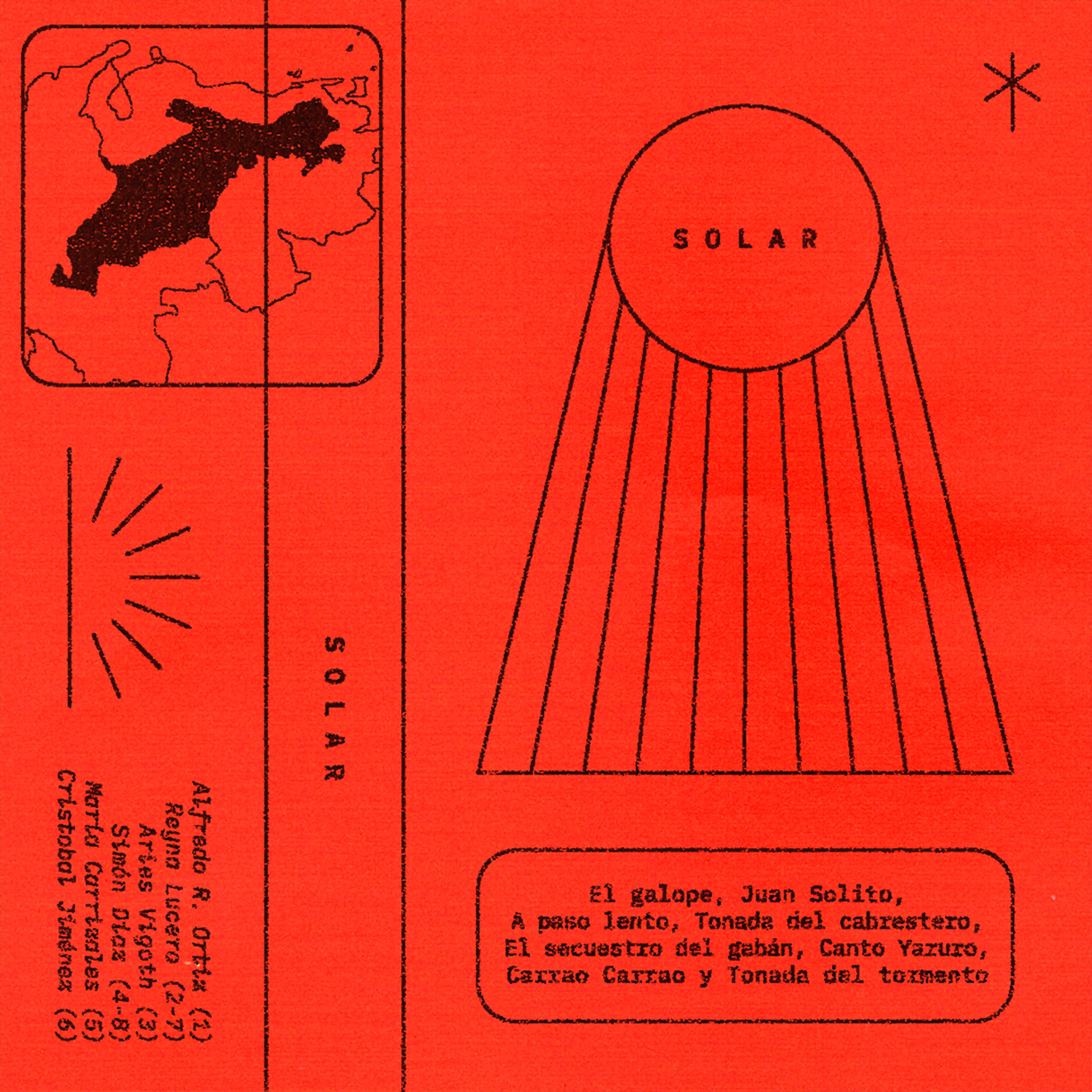
Are you guided by strong urges to finish every project you start?
I like to work fast and in short periods of time. When something doesn’t work I prefer to start over or put aside that project, so I don’t overthink the original idea too much. Over the last few years, by working with other people, I have also learned to work in different ways and understand that there are some processes that require more time, especially when not everything depends on one person. For me, I also consider many projects to be endeavours that happen over time which do not necessarily have an end. One example is the T-shirts I make; this has become a project which continues to evolve and grow over years. It doesn’t necessarily have a clear end, it’s more the creation of an archive.
It’s more the creation of an archive
What are some of your fears about where you are at right now?
The world in general is becoming more and more accelerated. The immediacy of the consumption of products, the proliferation of images and the rise of social networks all clearly affect the rhythms of work and the needs of art and design. I think one of the biggest fears that I have is of falling into an eagerness to produce results and, in doing so, to overlook the real satisfaction of the creative process.
Read More: Blue Is Jana Sojka’s Colour



